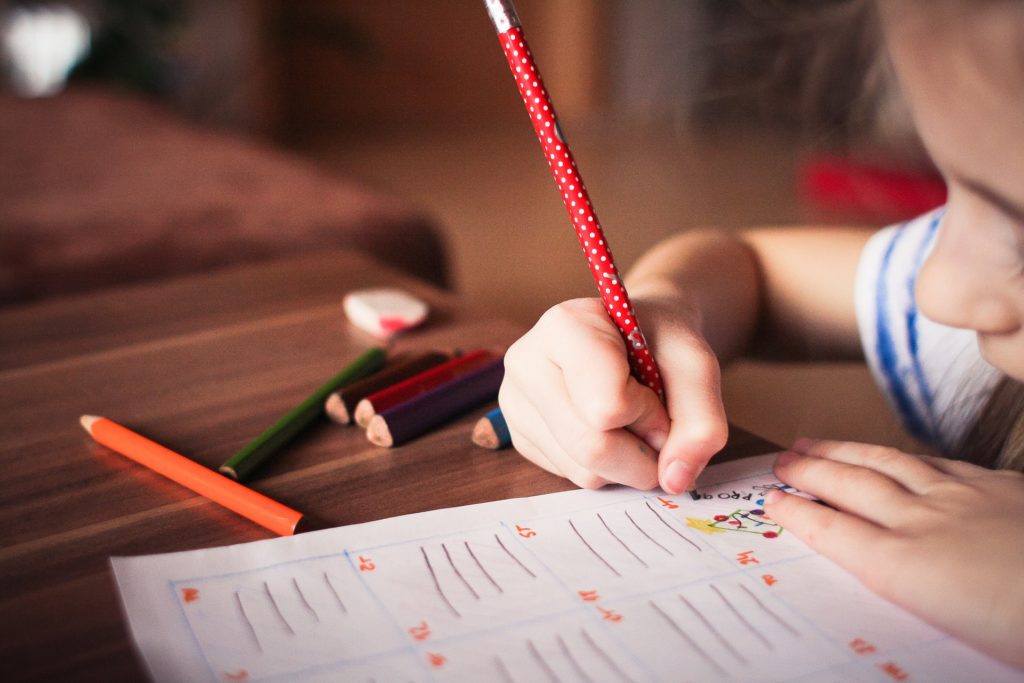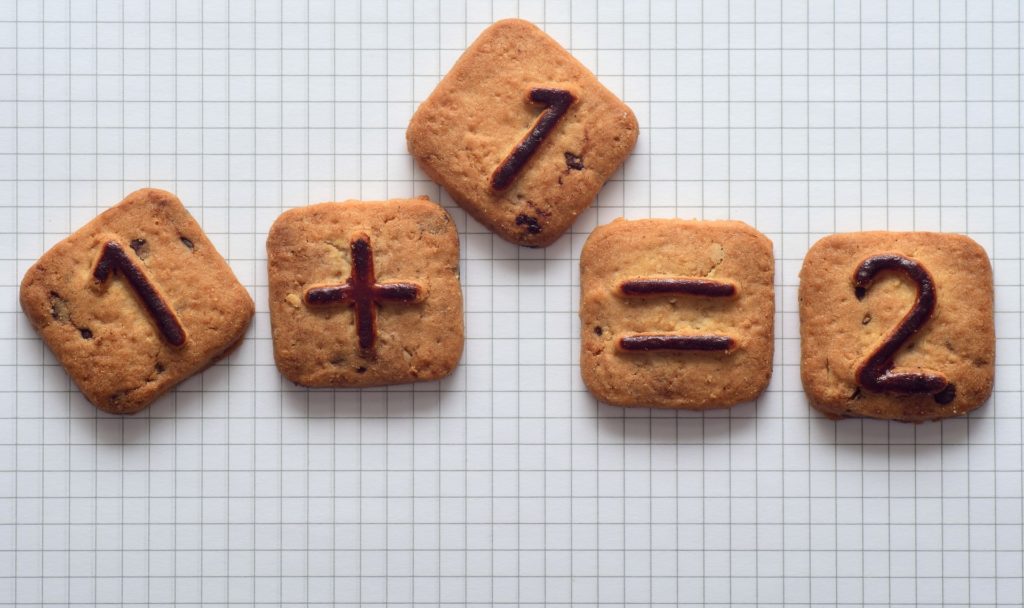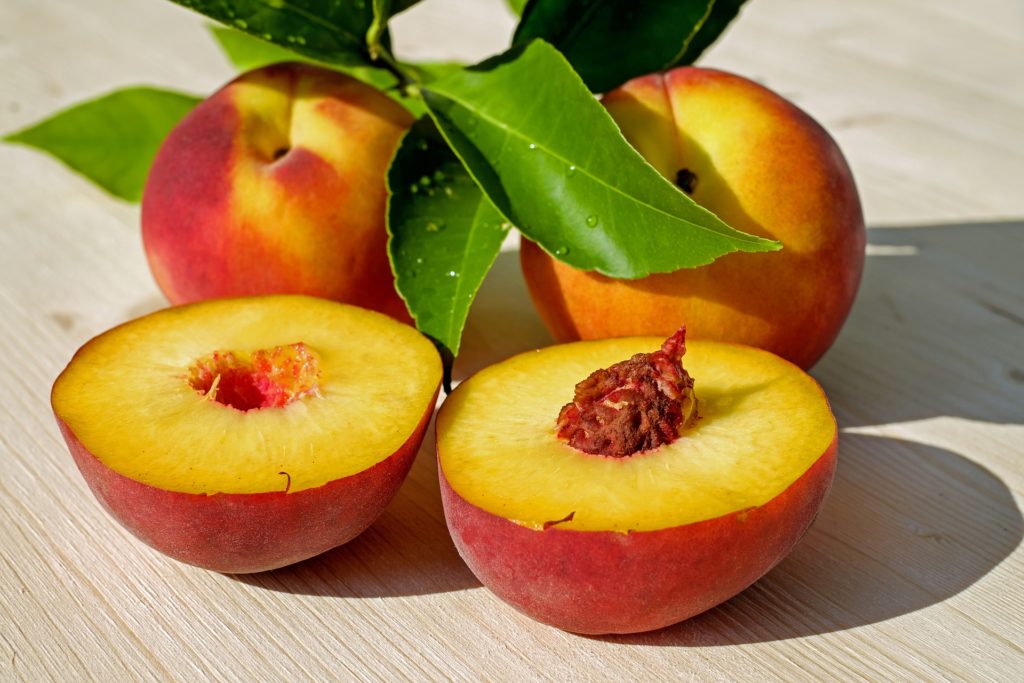Year 1 is an exciting year to enter, after leaving Reception, and by the end of Year 1 tere are many skills to learn.
Infants in Year 1 are now officially part of ‘Big School’. It is the first year of formal education. They will follow the National Curriculum and the guidelines set out by the government, which has a greater focus placed on academics, rather than the other areas of development.
Children will be expected to sit at their tables more often, or the carpet, to follow more teacher led instructions and activities.
They will still be learning through play; discovering and making use of practical resources, but these will have been chosen for specific goals by their teacher. The sessions are also more structured than in Reception and take part at set times.
Another Milestone
As it is the beginning of Key stage 1, it is in itself another milestone. Both year 1 and 2 make up KS1.
Children now learn how to present their work on paper, copy from the board, think about things, work things out, voice their opinions and are encouraged to discuss matters. They will share their knowledge and start to write down their own ideas in the simplest sentences.
Literacy Expectations
By the end of the year 1, children will be assessed to see if they have reached the expected levels set out in the guidelines through formal testing. Additional support is available at this level, as year 1s have access to at least one permanent classroom assistant, alongside their class teacher.
There is a greater focus on Phonics and numbers to 100 in this year too.
This is because there is a phonics screening test towards the end of the year, so children will need to know all the sounds of the alphabet and also be able to write them correctly, consolidating the new knowledge with what was learnt last year.
Your child will also need to be able to use the sounds they’ve learnt, to blend sounds together and create words. This will support them with their writing tasks. They will also use their skills to decode words too.
For this reason, parents should support children with reading, writing and phonics at home this year.

Phonics
Children will still do 20 minutes of phonics each day, following on from what they did in Reception. They will also learn tricky words, spelling rules and how to sound out and blend words to aid them with their reading and writing.
They will use a methods of sound buttons to help them construct and deconstruct words.
The children will learn through themes or book stories, for example Baby animals or Jack and the beanstalk.
All their work will be related to a particular theme or story throughout the year.
For example: if the theme is Jack and the beanstalk, they may pretend to be Jack and write a letter of apology to the giant for stealing his harp or hen. Or they may have to count all the giant’s money and even grow beanstalks as part of their science topic.
They will read a wide range of stories and listen to poems which they will learn off by heart.
Thematic Learning
The thematic process of learning will help them to learn concepts faster, and in turn encourage them to:
- Plan
- Write their own stories,
- Design posters and leaflets.
- Write in sentences
- Improve their handwriting
Numeracy Expectations
In numeracy, by the age of seven, they should be able to sequence numbers accurately to 100, writing all the numbers from memory without leaving any out, and do the same backwards.
Knowing which number comes before and after a number will help them learn how to add up and takeaway.
They then need to be able to add in twos, such as 2, 4, 6, 8, etc. and tens, such as 10, 20, 30, 40 etc. and also in fives.in order to prepare them for multiplication and division.
When writing numbers, many children will often write them in reverse (2 is often written as 5, or 14 as 41 etc), which will also need to be overcome.
They will also start to learn mental maths strategies.
These simple steps and learning how numbers work together prepare a child for more complicated forms of maths later on.
Number bonds will also be reinforced, and they will learn to double and halve. They will do maths indoors and outdoors and, through cross-curricular activities such as cooking and topic.
Maths lessons this year will have lots of hands-on activities. Now that they are using numbers over 20, they will learn to use a 100 square to help with their adding and subtracting.

What a child should know by the end of year 1 in Literacy:
Literacy Targets
- Read Fiction stories with familiar settings and poetry with rhymes and predictable repetitive patterns
- Identify Non-fiction: signs, labels, captions, lists, instructions
- Read and follow simple instructions and make lists
- Use full stops and capital letters and start to use question marks and exclamation marks.
- Use capitals in names, John, Sally and titles, Mr, Mrs.
- They will be able to write a sentence and know that a line of writing is not a sentence
- Be able to write about personal experiences in simple sentences
- Spell simple cvc words; cat, bat etc…
- Write own rhymes and stories by changing the beginning, middle and end of well-known ones
- Write own stories with beginning, middle and end. A few lines for each
- Understand the information on the front of a book, author’s name, illustrator, title etc
- Understand that the blurb on the back cover of a book gives information on what the story is about
- Be able to read all common words used frequently for example; the, that, and, here, is, me, once, there, were, this
- Understand spellings, such as to, two and too
- Read own text and make sure it makes sense
- Understand the use of a contents page and index page in books
- Understand how the plurals are formed using ‘s’, for example; shoe becomes shoes, book becomes books.
- Choose different settings for stories, for example; in winter; in the jungle, at home etc.
- Show sequence in stories; such as, first, next, after, when
- Understand the use of question marks
- Try to understand how past tense is created from present tense. Words that end in ‘ed’
- Understand what consonants and vowels are
- Form lowercase and uppercase letters.

What a child should know by the end of year 1 in Numeracy:
Year 1 Numeracy Targets
- Count backwards and forwards from 0 to 20
- Write all the digits 0-9
- Count on from any number up to 20 and backwards from any number between 0-20
- They will need to know their addition and subtraction facts to 20.
- Read and write numbers from 0 to 20; and order them in sequence backwards or forwards
- Be able to work out numbers that are 10 more or 10 less than numbers between 0 and 30
- Know all the number bonds that make 10, i.e. 2+8, 7+3, 3+7 etc.
- Understand the different meanings of addition and subtraction, i.e. plus, more than, add, take away, subtract, the difference between is…
- They will learn about times tables through repeated addition, grouping and sharing in order to solve multiplication and division problems. These will be solved through practical methods using resources, rather than paper methods.
- Double and halve small numbers, for example, half of 20, double 2, also investigate quarters.
- Be able to describe 3-D and 2-D shapes using common language
- Know how to make measurements, i.e. lengths, weight, capacity
- Know if things are longer or shorter, wider or narrower, etc.
If you are concerned that your child is developing a speech problem, then the chart below will give you some idea of what to look out for.
